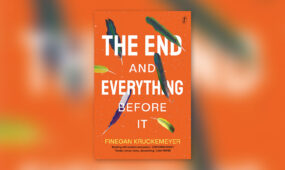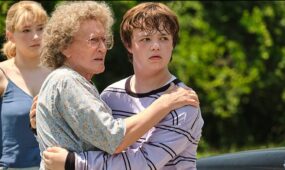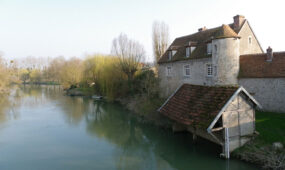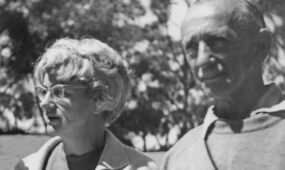Emma Donoghue's Frog Music
Books & Poetry

Frog Music is exceedingly bleak. That’s not surprising for a novel set in an impoverished neighbourhood of San Francisco during the smallpox epidemic of the 1870s, but the gloom and cruelty can become as stifling as the heatwave that’s gripping the city.
The most endearing of the story’s characters is the somewhat eccentric Jenny Bonnet, a young woman well-known for her habit of dressing in men’s clothing – something that was against the law at the time. She also rides a penny-farthing bicycle and makes a living by catching frogs and selling them to restaurants.
Bonnet is based on a real-life woman of the same name who was shot dead at a shabby settlement called San Miguel Station outside San Francisco in 1876. She was in the company of a French exotic dancer and prostitute, Blanche Beunon.
Blanche, Jenny, Blanche’s lover Arthur – a “dandy” gambler more pimp than partner – and his friend Ernest form the crux of Frog Music. Donoghue – Irish author of the Man Booker and Orange Prize-shortlisted Hood – draws upon facts from 19th-century newspaper reports and court documents, but embellishes the story with her own imaginings about the characters and the city’s dark underbelly.
Donoghue has written a number of successful historical novels (including the excellent Slammerkin), and has a particular talent for evoking the mood of a time and place long since lost to memory. She conjures San Francisco’s Chinatown in all its grimy, squalid austerity during an era when racism ran so deep that many believed the Chinese were solely responsible for the spreading of smallpox. The text is also interspersed with lyrics from ballads, hymns and other songs of the 19th century.
The murder-mystery itself is intriguing, with Blanche on a desperate quest to solve the crime while also trying to put right her own past wrongs. But because the death occurs in the first chapter, the jumping between past and present in the narrative can be disorientating and serves to erode the tension somewhat. There’s also little empathy to be felt for the characters, most of whom are callous and largely motivated by their own selfish desires; the sex scenes are particularly confronting for their lack of sensuality.

Get InReview in your inbox – free each Saturday. Local arts and culture – covered.
Thanks for signing up to the InReview newsletter.
Ultimately, Donoghue creates her own fictional explanation to bring the whodunit to a satisfying conclusion. And for readers still curious about the real-life case and characters, there’s an afterword which seems to prove that truth can, in fact, be harsher than fiction.
Support local arts journalism
Your support will help us continue the important work of InReview in publishing free professional journalism that celebrates, interrogates and amplifies arts and culture in South Australia.
Donate Here






Comments
Show comments Hide comments